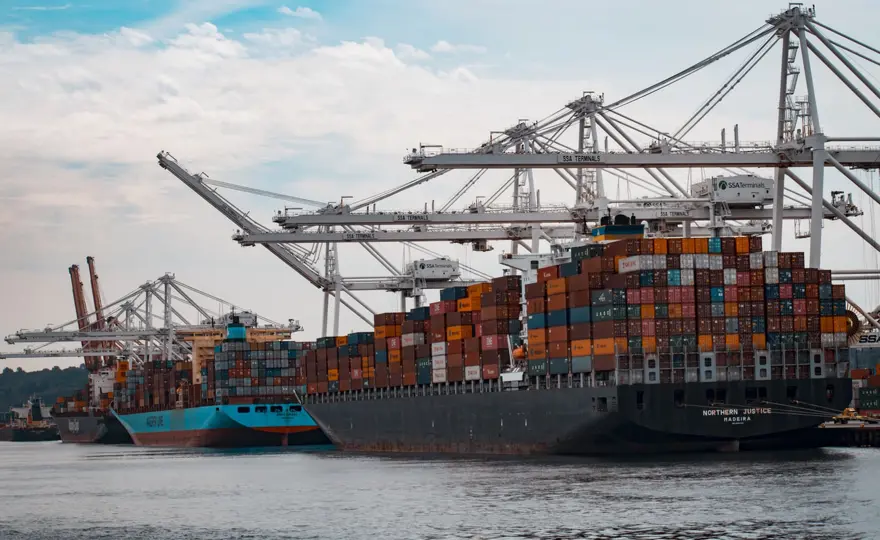ClientEarth Communications
4th April 2022


By Dimitri de Boer, Christoph Nedopil, and Danting Fan
On March 28, four Chinese ministries published a key policy document on the further greening of the Belt and Road Initiative (BRI), entitled “Opinions on the Joint Implementation of Green Development in the Belt and Road Initiative” (the “Opinions”).
Greening the BRI means reducing climate emissions, reducing pollution, and protecting biodiversity, while providing improved economic opportunities for the countries involved. The Opinions highlight some important ambitions to achieve this goal.
The Opinions reaffirm that no new coal power plants will be built in the BRI, which is a key commitment towards global action on climate change. The Opinions goes further than that, saying that “China will facilitate the full implementation of the … Paris Agreement among all parties.”
In addition, the Opinions address many other important issues, covering the development of “green” infrastructure projects in power and transportation, industry and manufacturing, green finance and cooperation on standards. It specifically talks about reducing and controlling project-level environmental risk.
The Opinions include time-bound targets for 2025 and 2030 to achieve green development goals, although they are a bit hard to measure. In essence, by 2025 we should see clear progress towards a green BRI, and by 2030 the green development of the BRI will be basically formed.
The Opinions provides the first official specification of Xi Jinping’s pledge to the UN in September 2021 to build no new coal fired power plants overseas. While the Opinions reaffirm the President’s pledge of no new coal plants, it mentions to “…prudently proceed with existing ones that are under construction”. There may be an ongoing debate about exactly how to deal with existing projects – and exactly where to draw the line on “new projects”: the text suggests that projects which hadn’t yet started construction would fall out of the scope.
Regarding coal, the Opinions also mention to “promote the green and low carbon development of overseas coal-fired plants which have already been built”. This refers to the retrofitting of existing coal plants, for example to make them less polluting, more efficient, or to install carbon capture, utilization and storage technology. While that could be an improvement in some cases, there would be a risk of an increase in the lifetime emissions of such projects, especially if the retrofit involves an expansion in capacity. From a climate perspective, capacity expansions are very similar to new coal plants, so they should certainly not be allowed.
The Opinions draw on the technical studies conducted by the BRI International Green Development Coalition (BRIGC), which has worked to advance environmental protection and low carbon development in the BRI since its establishment by China’s Ministry of Ecology and Environment and international partners in 2019.
The BRIGC initiated the Green Development Guidance for BRI Projects, which includes a “traffic light system” to help avoid and mitigate environmental impacts throughout a project’s life. Projects with a significant environmental or climate impact which isn’t mitigated are classified as ‘red’, whereas projects which are neutral or make a positive contribution are classified as ‘yellow’ and ‘green’. The most recent Green Development Guidance document published in October 2021 recommended that “financial institutions and enterprises are encouraged to add no new ‘red’ projects and phase out existing exposure to ‘red’ projects by focusing investments on projects in their portfolio with an ambitious timeline.”
Building on previous policy documents on greening BRI, the Opinions re-emphasizes the need to strictly follow host country laws on environmental protection. The new Opinions also encourage enterprises to follow international or Chinese environmental standards when local standards are non-existent or insufficient.
The Opinions even suggest to “regulate” the environmental behavior of enterprises abroad, which would be a significant step up compared to the previous “encouragements” to apply international standards. Environmental impact assessments are required for every project, and should be fully conducted before construction.
To achieve the goals, relevant industry associations are expected to create codes of conduct for protecting the environment in enterprises' overseas investments. Further guidelines should be developed for key industries. This would follow on from the work of the BRIGC, which has recently published a Guide for Highways and Railways, and a Guide for Enterprises and Financial Institutions. The China International Contractors Association (CHINCA) has also published work on Environment, Social and Governance (ESG) factors in overseas finance.
It is key that the articles in the Opinions are fully implemented. They have no legal weight and cannot be enforced in court. We believe, however, that in China’s policy context they are much more than just an ‘opinion’ and set a clear direction for the government departments, companies and financial institutions involved in the BRI. We expect the document will be carefully read, and implemented, by all key stakeholders, including project developers and financial institutions. Further implementing policies and regulations are likely to follow.
As next steps to facilitate implementation, we would hope to see an increased emphasis on multi-stakeholder governance mechanisms, such as environmental disclosure and public participation. Further clarification on pathways to accelerate reduction of environmental risks from existing projects would also be helpful, such as the phase out of ‘red’ projects.
Given the turbulent geopolitical environment of today, it is very promising to see that China isn’t backsliding on its efforts to green the BRI: rather, the Opinions further clarify China’s green BRI ambitions and provide comprehensive policy directions for future areas of “green” overseas engagement. With the world facing increasing pressure from climate change and biodiversity loss, this is extremely timely. China, as the main finance and trade partner in most of the developing countries in the BRI, can play a key role in their green and low-carbon transition.
Dimitri de Boer is ClientEarth's Chief Representative for China; Christoph Nedopil is Associate Professor of Practice in Economics at Fudan University and Director of the Green Finance & Development Center at FISF Fudan University; Danting Fan is the Climate and Finance Lawyer of ClientEarth China